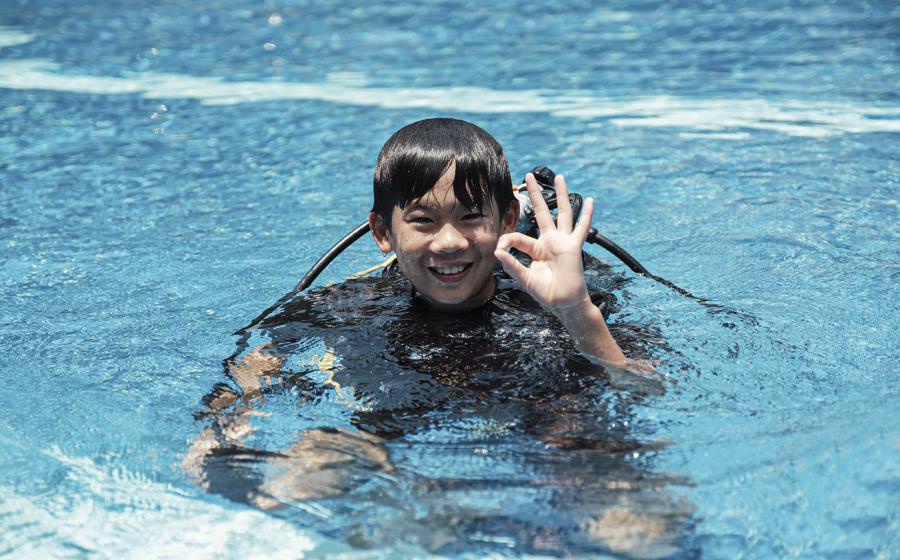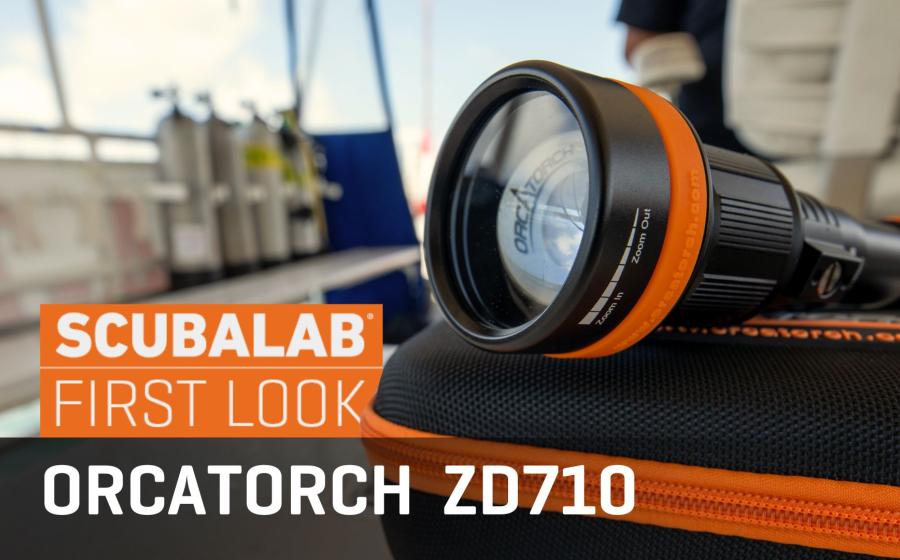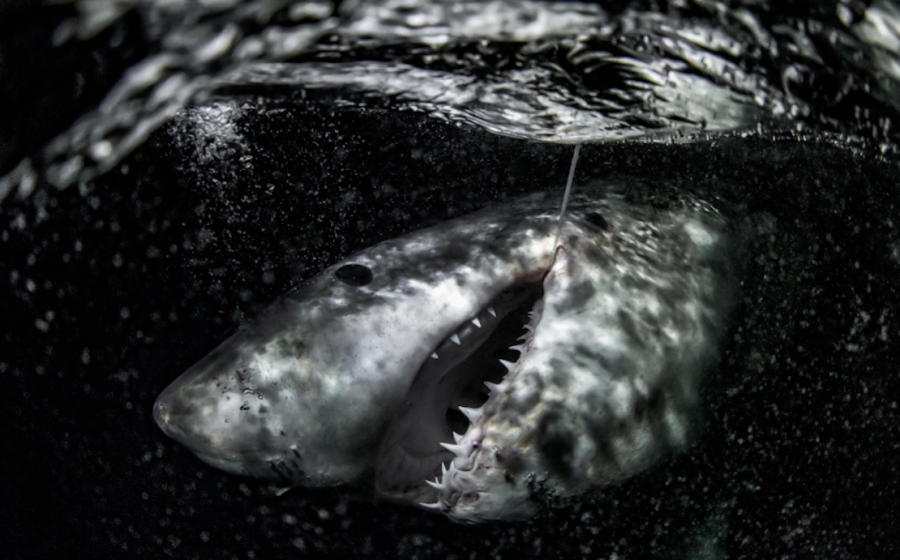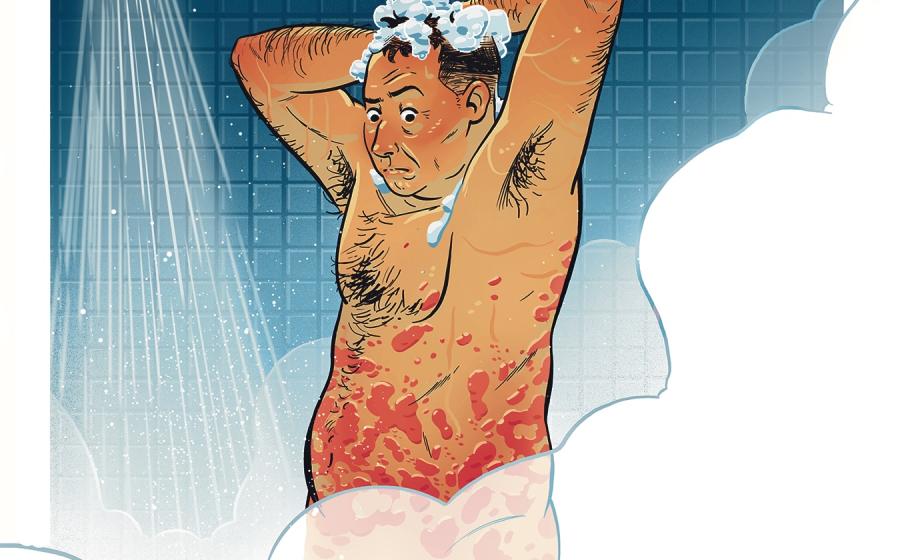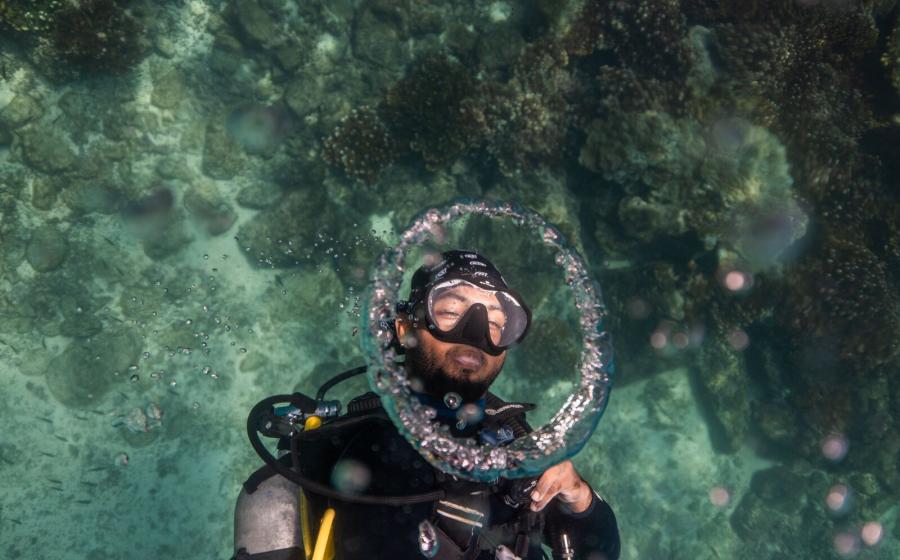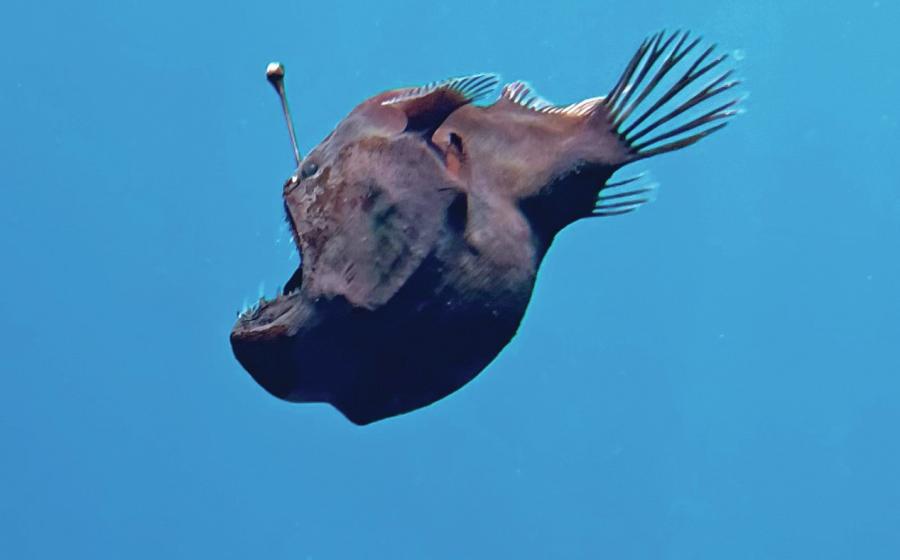What It's Like to Be a Public Safety Diver
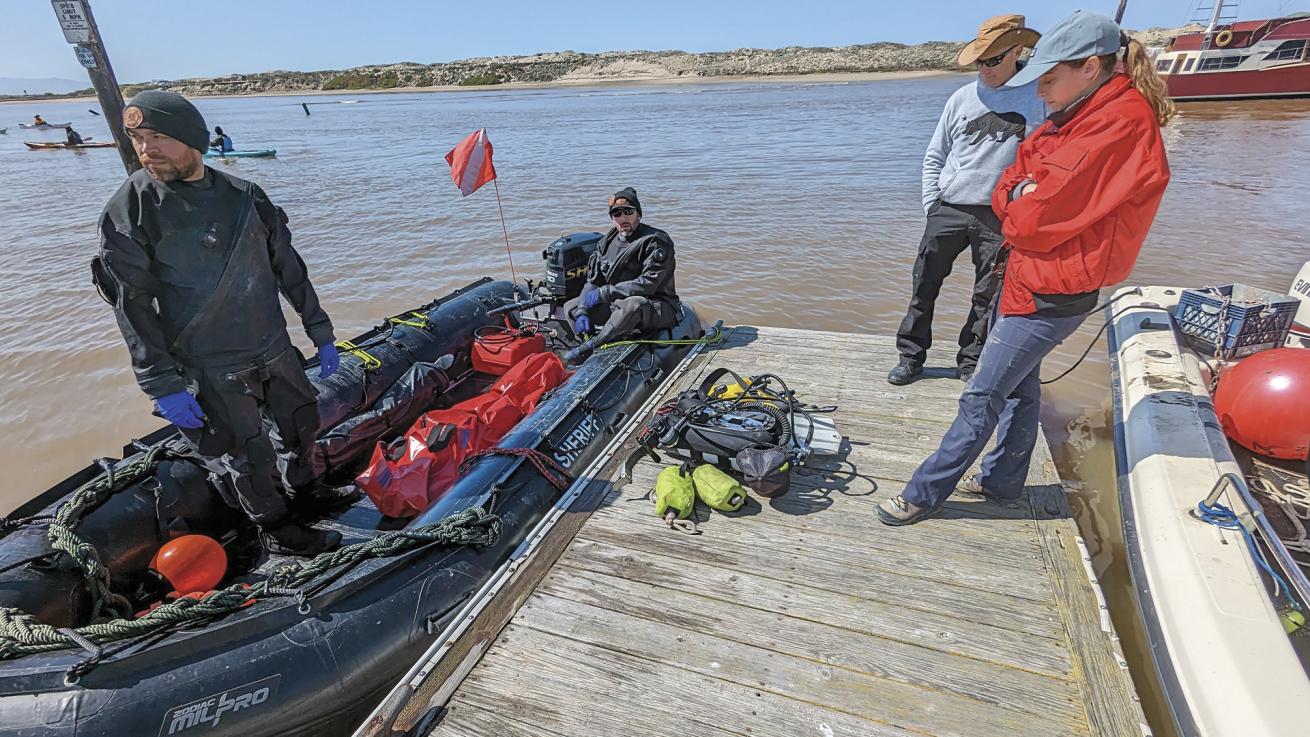
California Recovery Divers volunteers prepare for a recovery.
One moment that has stuck with David McMurdie in his decades of working as a public safety diver came in 2017 when a man named Charles “Tod” Friend went missing around Tomales Bay north of San Francisco.
“He was beloved, like the unofficial mayor of the community there,” McMurdie says. “Various agencies had searched without finding him, so we went out as volunteers and managed to locate his body. When we got back to shore, the entire community, maybe 75 people, had gathered for an impromptu celebration of life, with people rushing out into the freezing water to meet us.”
The community's gratitude that day inspired McMurdie to cofound California Recovery Divers, a nonprofit that conducts search and recovery when other agencies' resources are tapped out.
McMurdie also previously served as volunteer chief of the Alameda County Sheriff’s Dive Team, but he originally started diving thanks to a passion for underwater photography, spearfishing and abalone diving along the California coast.
Related Reading: What It's Like to Be an Aquarist at the Monterey Bay Aquarium
“I had a small boat, and from my early 20s, I dove anywhere from Monterey Bay down into Mexico,” he says. “A friend who I dove with occasionally recruited me into public safety diving when a local team was looking for new members.”
McMurdie had the in-water skills and comfort with challenging conditions the work required, but after the first month, he questioned whether public safety diving was right for him. “You’re mainly diving in stinky, black water, just groping around—usually for a dead body, a weapon or a vehicle,” he explains. “It was the camaraderie with the team, and the fulfilling work of helping people find closure, that kept me going.”
If a person goes missing, a car runs off a bridge, or police suspect evidence could be underwater, public safety dive teams are mobilized. They conduct search patterns, often in low viz, amid sunken trees or other entanglements, and use lift bags to surface heavier items, like cars.
“Over the last 10 years, we’ve incorporated a lot more technology,” McMurdie says. “For example, if we’re searching a lake, we’ll use side-scan sonar to try and identify the target first. And for deeper, more dangerous situations, we use remotely operated vehicles (ROVs) rather than risking divers in the water.”
McMurdie notes that few public safety divers dive as a full-time career. Calls may only happen once or twice a month, and many teams rely on volunteers. For those who get paid for public safety diving, it’s usually just one component of a broader career as a police officer or firefighter.
“There's this community of public safety diving teams that consists of both volunteer divers, and the police and fire department teams,” he says. “Often the people who aspire to join one of the paid teams will get their training and experience through a volunteer team.”
Physical fitness and a high level of comfort underwater in challenging conditions are key factors for making it into a public safety dive team rather than a particular level of certification.
“I’ve seen people with professional dive certifications who don’t feel comfortable diving in these often hazardous conditions,” he says. “Any specialized training can be conducted on the team, but unless you’re comfortable in the water it doesn’t mean anything.”
Job Requirements
Degree: None required
Salary: Varies from volunteer to paid jobs in law enforcement or emergency services
Certifications: Open water. Real-world experience and comfort in challenging conditions are the most important factors





